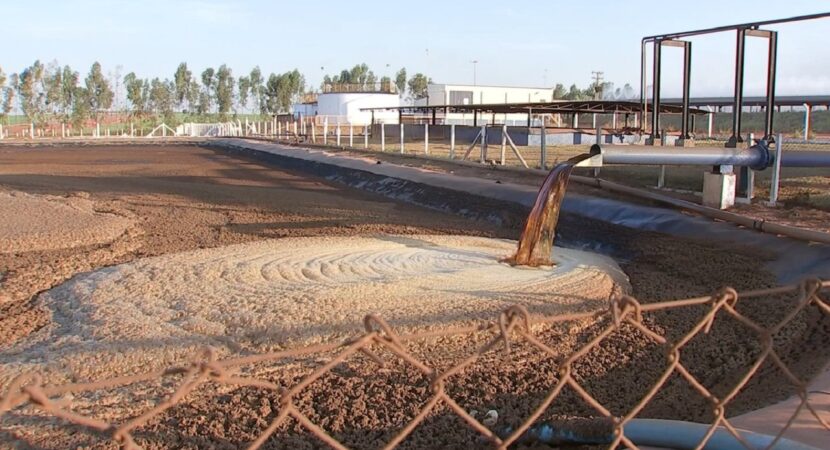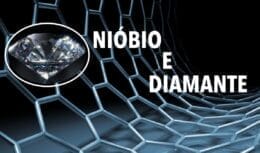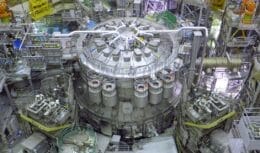
With investments from Shell and FAPESP applied through the RCGI research center in São Paulo, the production of green hydrogen based on Ethanol will be viable and advantageous to the sugar and alcohol industries
The Research Center for Innovation in Greenhouse Gases (RCGI), financed by Shell and the São Paulo Research Foundation (FAPESP), intends to produce green hydrogen, based on sugarcane vinasse , which is a very polluting effluent, generated during ethanol production. It is believed that for every 1L of ethanol, around 10L of sugarcane vinasse are produced. The initial idea is to connect the sugar-alcohol industry to the new hydrogen market that has been taking shape in recent times, gaining many enthusiasts, including the proposal to produce green hydrogen from ethanol production residues.
Read also
Green hydrogen from sugarcane vinasse
Green hydrogen (H2V) can be obtained through biomass reforming or through electrolysis, using renewable energies. In this first phase, investments to produce green hydrogen in Brazil – more specifically in Ceará – will be made through electrolysis.
The proposal to follow this path was made by Professor Thiago Lopes, who currently runs the new Fuel Cell Laboratory, a member of the RCGI, financed by Shell and Fapesp. According to Professor Lopes, it is possible to develop an electrolytic reactor that can process all the vinasse and that very soon can be inserted in the sugar and alcohol industry in Brazil.
Vinasse is made up of 95% water, and the professor's idea is that, through the reactor, water molecules can be broken down to generate oxygen and green hydrogen. Lopes believes that green hydrogen can be very useful in the production of ammonia, which is part of the composition of fertilizers.
Advantages of opting for the Electrolysis process
A great advantage when carrying out the vinasse electrolysis process is the reduction of its volume, which is enormous and complicated for storage and transport. But, according to Professor Lopes, if the vinasse is highly concentrated, it will occupy less space and therefore will have less difficulty in transport, which is usually done by diesel vehicles, adding more CO2 to the ethanol sold in Brazil.
The professor also pointed out that the concentrated vinasse will serve to reduce the addition of synthetic fertilizer to plantations, in addition to preventing river pollution. With green hydrogen, it is also possible to supply vehicles powered by fuel cells.
The country's auto industry has been saying for some time that the ethanol fuel cell is a great option for Brazil. Lopes estimates that, possibly in 2040, the production of vehicles that can be fueled with green hydrogen will take off in Brazil.
Investment by Shell and FAPESP will result in large and positive results for the future of Brazilian industry
With all the investment by Shell and Fapesp, through the RCGI, green hydrogen will become a reality in the country. In terms of fueling vehicles, fleets of buses and trucks will benefit greatly, as they have a fuel cell engine that is lighter than a battery electric car engine, especially vehicles that travel approximately 450 km daily, according to Lopez's information.
Concluding his analysis, the professor reported that, currently, this hydrogen is obtained through natural gas, generating CO2 footprints, therefore it is of paramount importance to discover the best ways to produce green hydrogen, pointing to Electrolysis as the best means so far.











How do I sign up
Should have put the AP 1.8 engine…
Good morning, Bruno, We haven’t met yet.…
Total success. Just get the hydrogen by…
A country without technology and that doesn’t…
We should help conserve our forests…
The Report is wrong, there is no…
I don't know where they think...